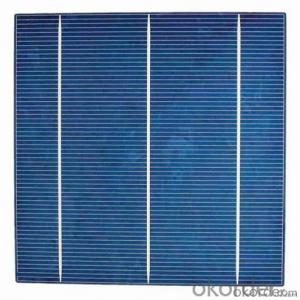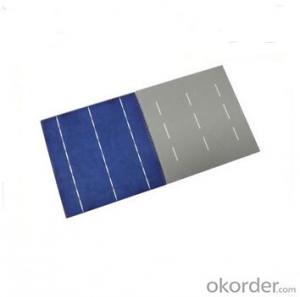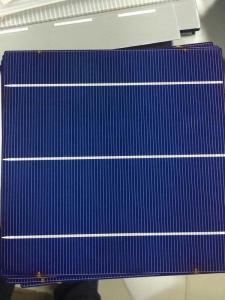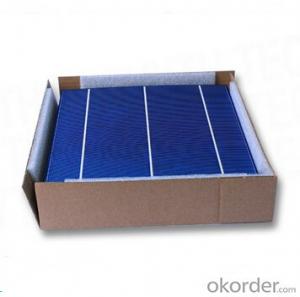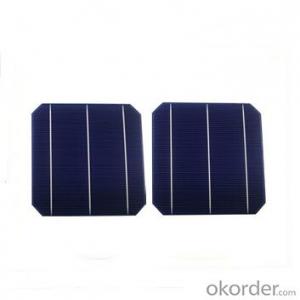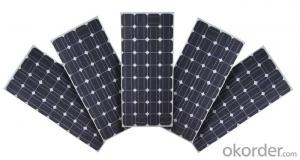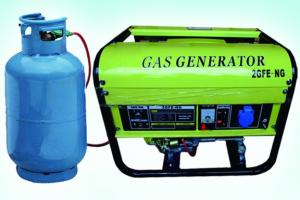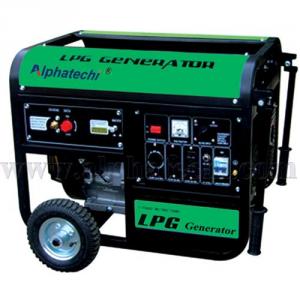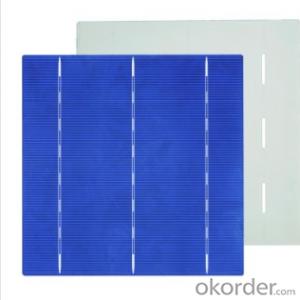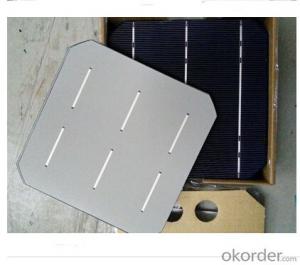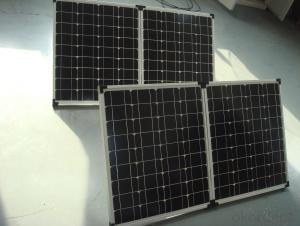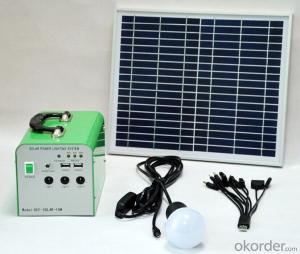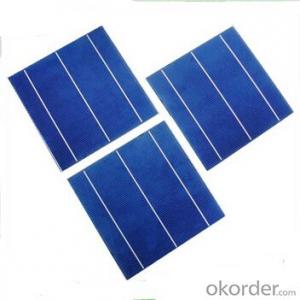3rd Generation Solar Cells
3rd Generation Solar Cells Related Searches
Except For Solar Cells Weegy Problems With Solar Cells High Power Solar Cells Light Trapping In Solar Cells High Performance Solar Cells High Output Solar Cells High Wattage Solar Cells Energy Transfer In Solar Cells High Efficiency Hvac Systems Recombination In Solar CellsHot Searches
Cheap Solar Cells For Sale Flexible Solar Cells For Sale Q Cells Solar Panels For Sale Printed Solar Cells For Sale Bulk Solar Cells For Sale 6x6 Solar Cells For Sale Broken Solar Cells For Sale Cpv Solar Cells For Sale Photoelectric Cells For Sale Price Of Silicon Solar Cells Price Of Solar Cells Over Time Buy Solar Cells From China Cheap Solar Cells China Best Type Of Solar Cells Flexible Solar Cells Price Q Cells Solar Panels Price 3 Types Of Solar Cells Production Of Solar Cells Common Types Of Solar Cells Q Cells Solar Panel Prices3rd Generation Solar Cells Supplier & Manufacturer from China
Okorder.com is a professional 3rd Generation Solar Cells supplier & manufacturer, offers integrated one-stop services including real-time quoting and online cargo tracking. We are funded by CNBM Group, a Fortune 500 enterprise and the largest 3rd Generation Solar Cells firm in China.Hot Products
FAQ
- Solar cells have a positive impact on the environment as they generate electricity from a renewable source, the Sun, without emitting greenhouse gases or harmful pollutants. This reduces reliance on fossil fuels, mitigates air and water pollution, and contributes to the fight against climate change. Additionally, solar energy does not require water for operation, which helps conserve this precious resource. Although there are some environmental concerns related to the production and disposal of solar cells, the overall benefits greatly outweigh these drawbacks.
- Solar cells can still function effectively in high-pollution areas, although their performance may be slightly reduced due to the presence of air pollutants. The efficiency of solar cells depends on the amount of sunlight they receive, so in areas with high pollution, the concentration of pollutants in the air may partially block sunlight and reduce the amount of energy captured by the cells. However, advancements in solar technology have led to the development of more resilient and efficient solar panels that can still generate a significant amount of energy, even in high-pollution areas.
- Electromagnetic interference can have a significant impact on solar cell performance. It can disrupt the normal operation of solar cells by introducing unwanted electrical signals that interfere with the proper functioning of the cells. This interference can lead to decreased efficiency and power output of the solar panels, as well as potential damage to the cells themselves. Therefore, it is crucial to minimize electromagnetic interference to ensure optimal performance and longevity of solar cells.
- Yes, solar cells can still be used in cloudy or rainy weather. While their efficiency may be reduced, they can still generate electricity from diffuse sunlight or indirect light. However, their performance will be optimal in direct sunlight.
- Solar cells can still perform efficiently in areas with frequent tornadoes as they are designed to withstand extreme weather conditions. However, the installation and mounting of solar panels in tornado-prone regions should be done with utmost care and consideration of local building codes to ensure their resilience against high winds. Additionally, regular maintenance and inspection of the solar panels may be required to address any potential damage caused by tornadoes.
- Solar cells play a crucial role in powering remote surveillance systems by converting sunlight into electrical energy. This renewable energy source provides a reliable and sustainable power supply, eliminating the need for traditional electricity sources or frequent battery replacements. With solar cells, remote surveillance systems can operate autonomously and continuously, ensuring constant monitoring and security in remote areas without access to grid power.
- Solar cells can handle power fluctuations in remote areas by using a combination of energy storage systems such as batteries, inverters, and charge controllers. These components work together to store excess energy generated during peak sunlight hours and provide a stable power supply even during periods of low sunlight or high demand. This ensures a consistent and reliable power output, making solar cells an effective solution for addressing power fluctuations in remote areas.
















